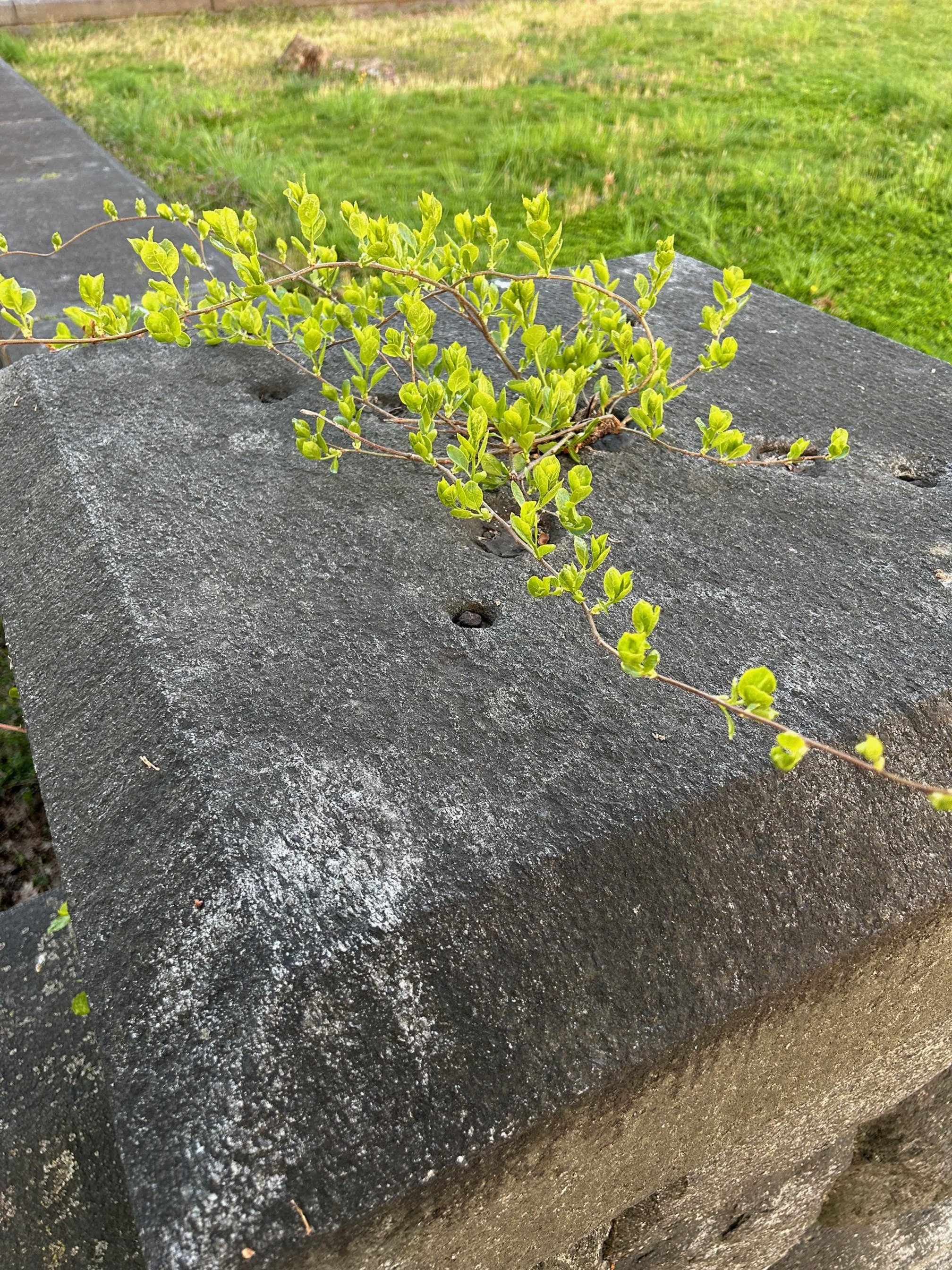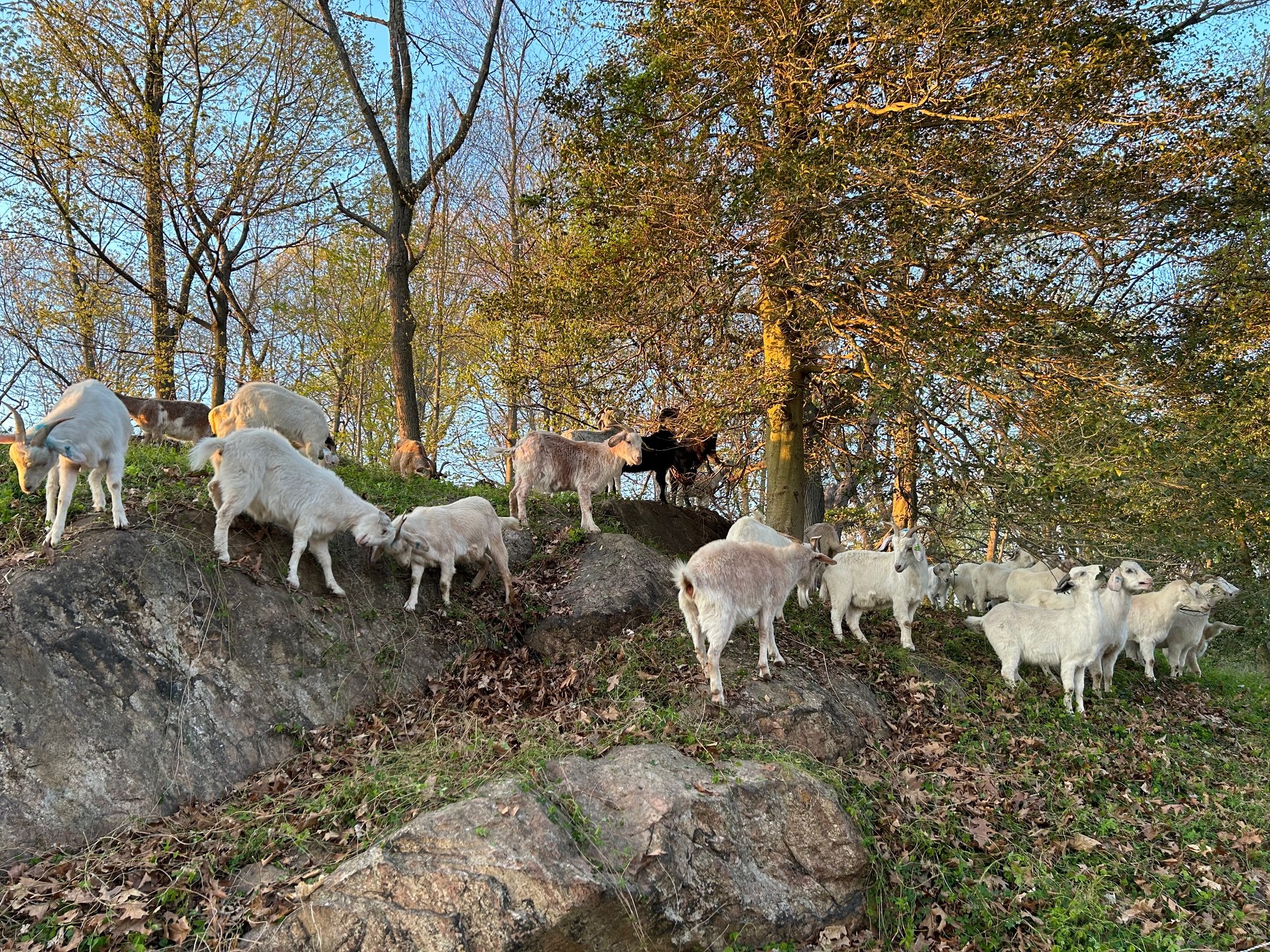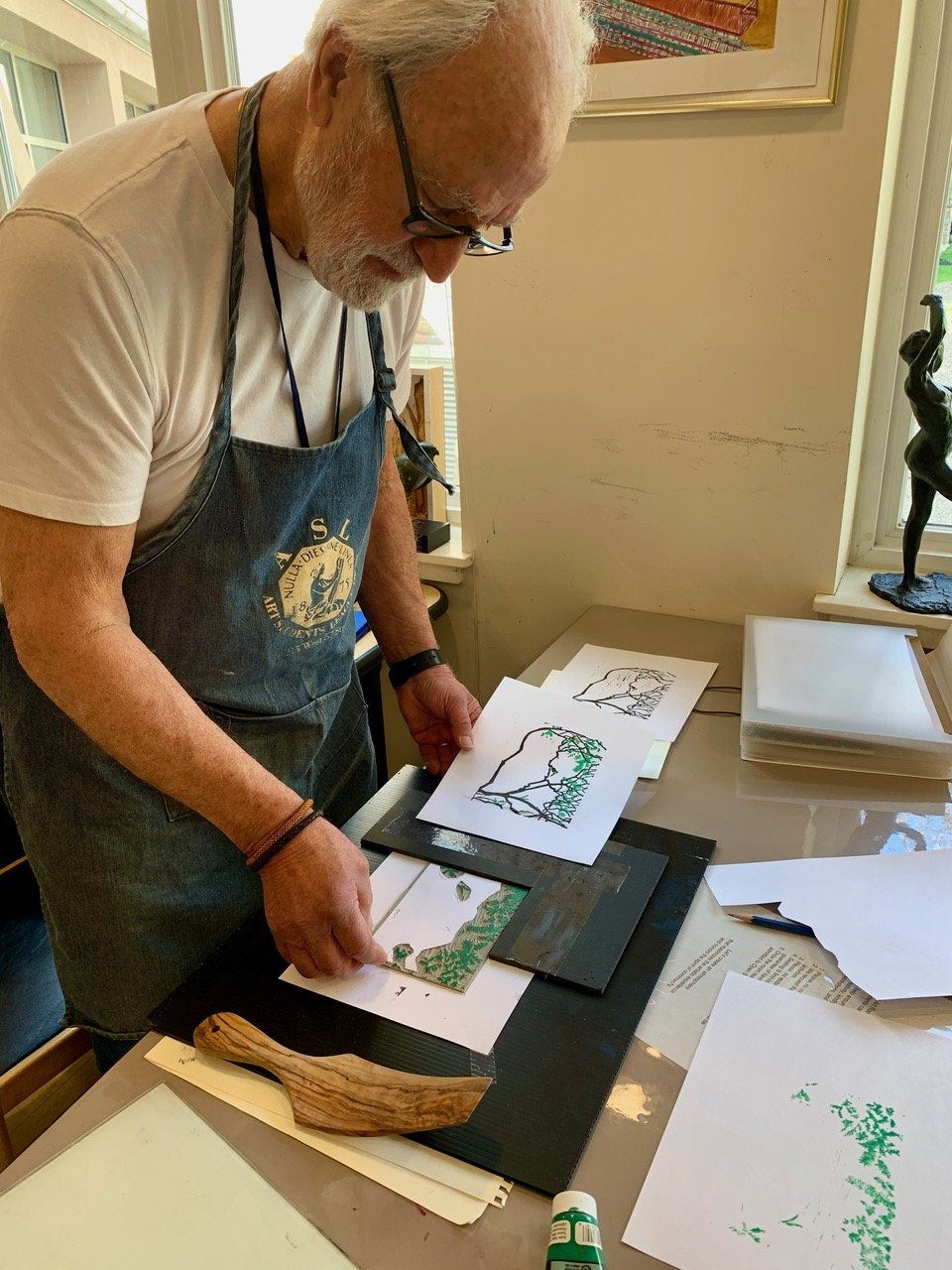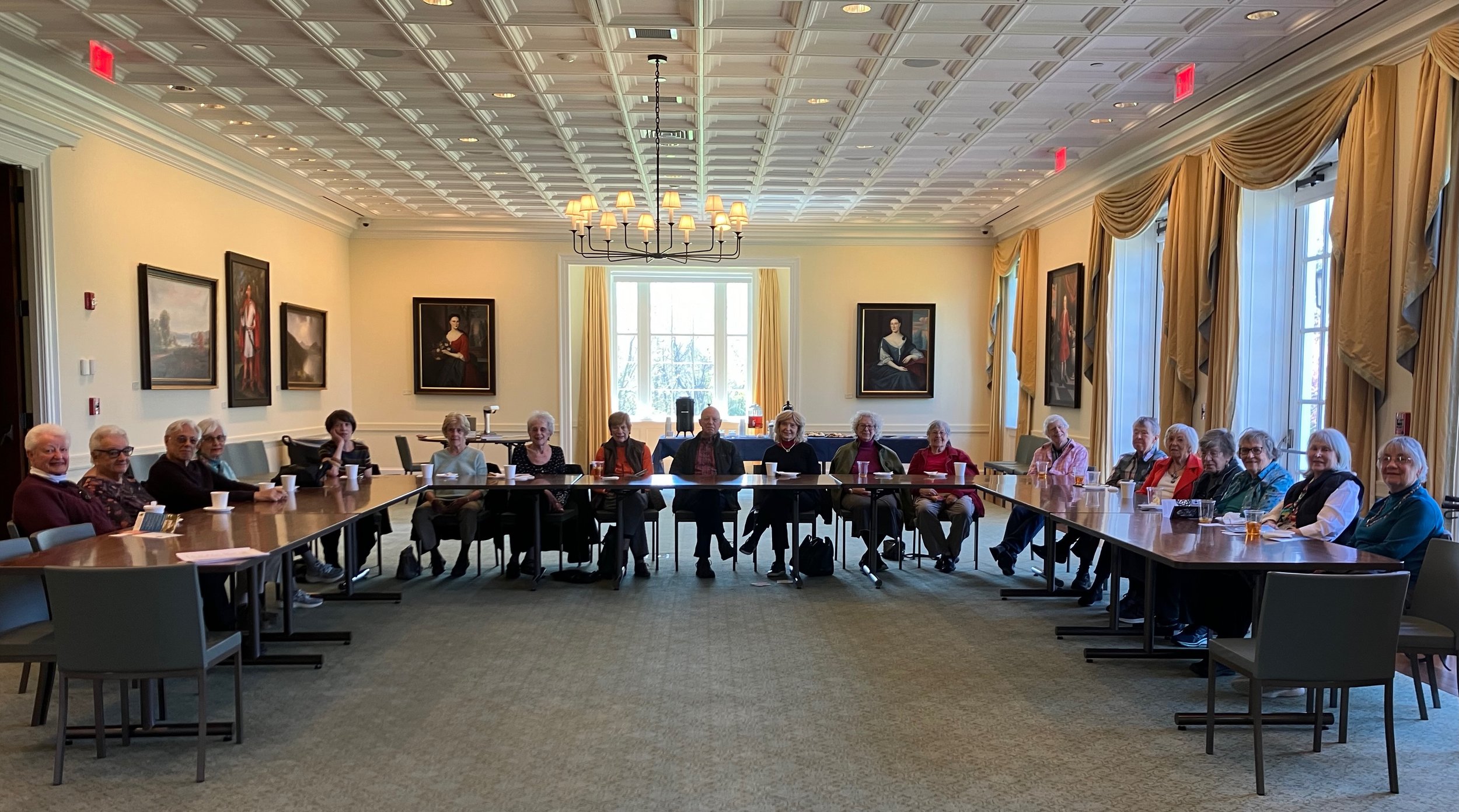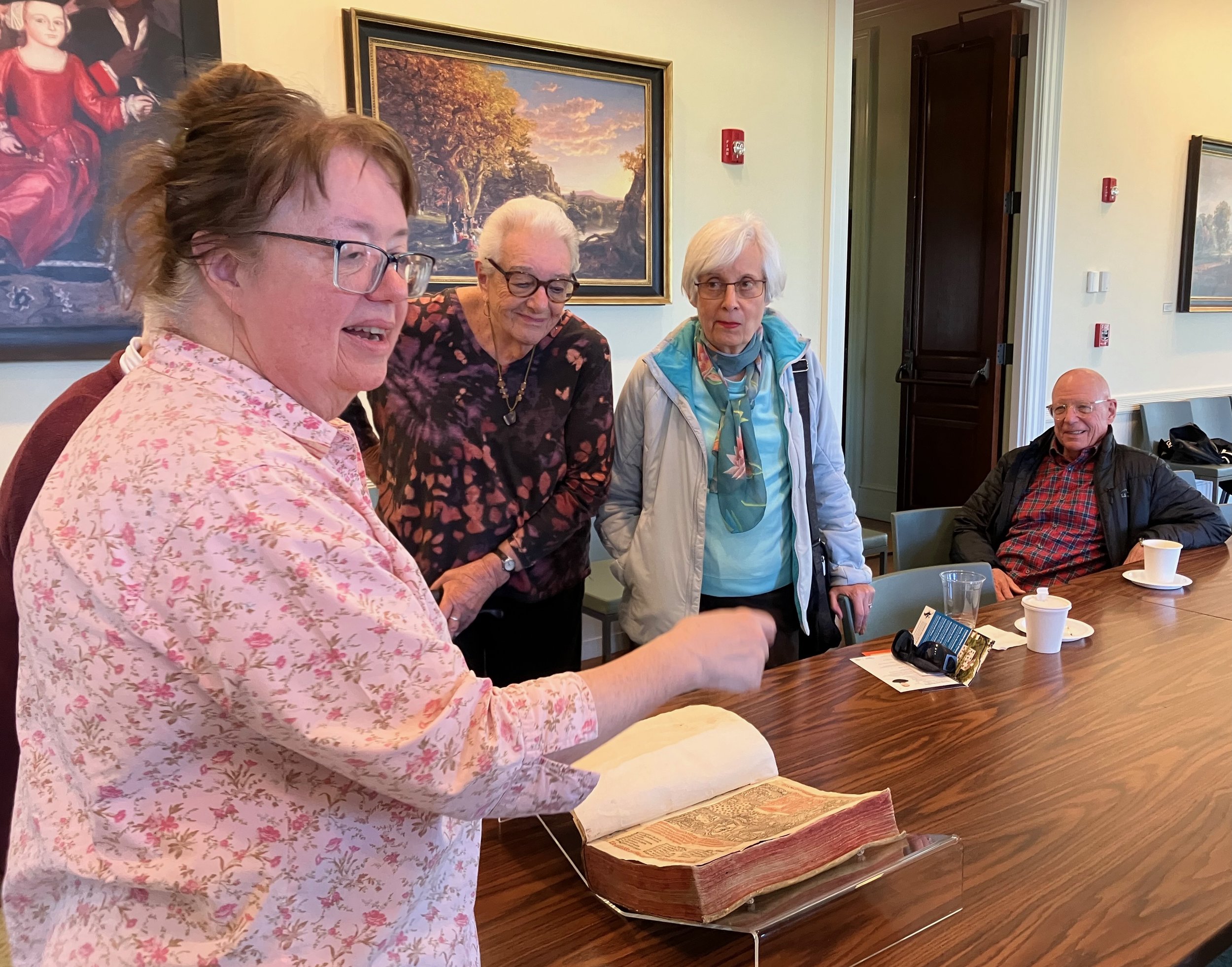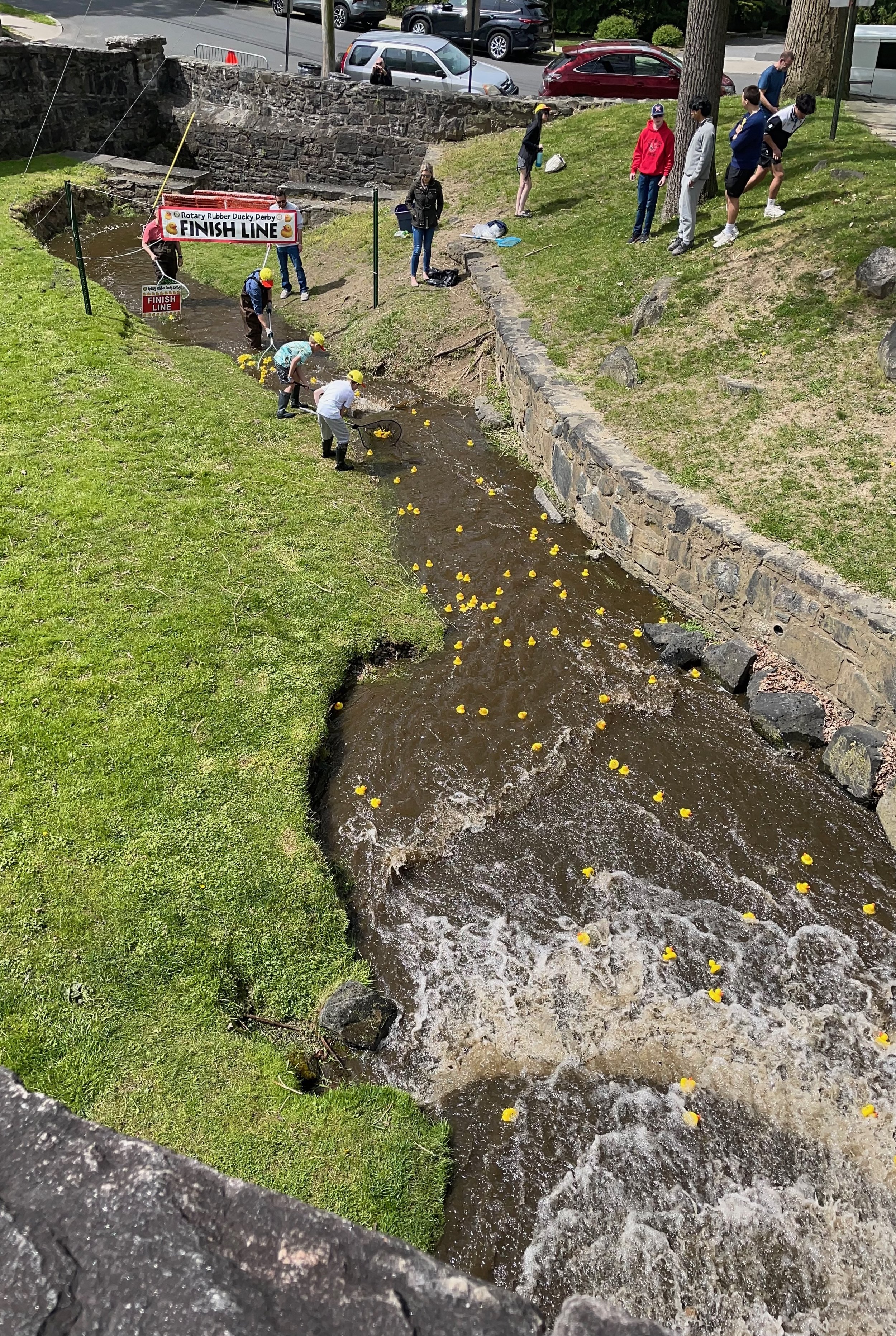Good morning! Is this the Hospital front desk? I would like to speak to someone regarding one of your patients. I would like to know his state of health, know if he is better or if his problem has gotten worse.
What is the name of the patient?
His name is John Smith, in room 302.
One moment, please. I will connect you with the nurse in charge.
After a long wait: Hello, this is Frances, the nurse in charge, what can I do for you?
I would like to know how the patient John Smith, in room 302, is doing.
One moment. I will try to find the doctor in charge.
After a longer wait: Hello, I am Dr. Jones, the doctor in charge. I’m listening . . .
Hello, Doctor. I would like to know the state of health of patient John Smith, who has been in your hospital for 3 weeks. He’s in room 302.
One moment. I will check the patient’s chart.
After another wait: Hmmm . . . here it is. He ate well today. His blood pressure and pulse are stable. He is responding well to the prescribed medications, and we expect to remove him from the heart monitor tomorrow. If all continues to go well for the next 48 hours, the doctor will sign his discharge for next weekend.
Ahhhhhhh! This is great news. I am overjoyed. Thank you.
By the way you talk, I suppose you are someone very close, a family member, certainly.
No, Doctor. This is John Smith himself calling you from room 302. Everyone comes in and out of my room and tells me nothing. I just wanted to know how I was doing. Thanks a lot.
Contributed by Simone














